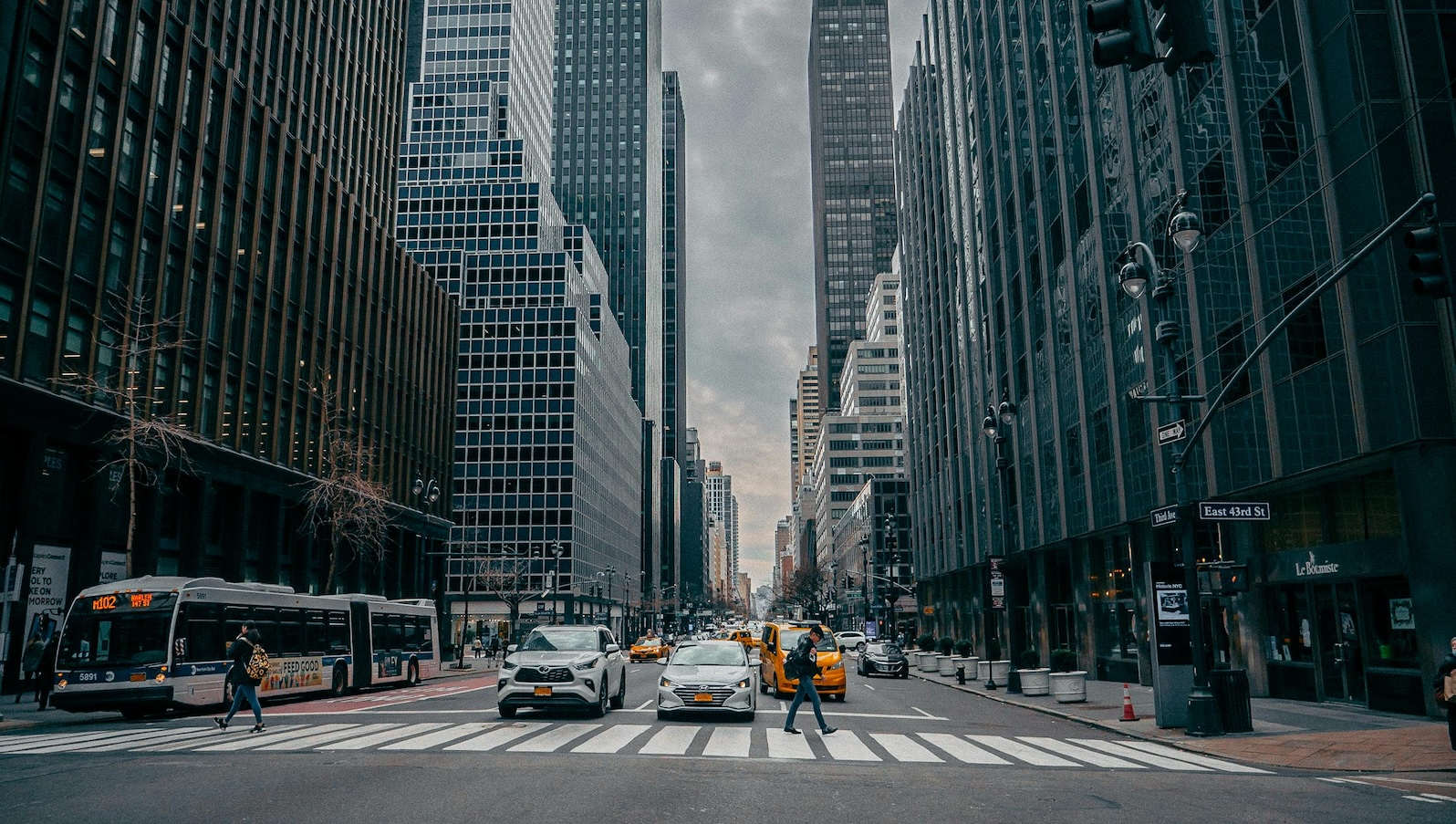Commercial general liability insurers traditionally estimate business risk exposure of similar businesses based on variables like floor area and revenue. Advances in cloud computing and artificial intelligence are combining to offer insurers new, better variables to characterize risk.
Insurers generally understand that liability risk correlates to human presence and movement. A hair salon with twice the foot traffic should present twice the slip-and-fall risk. More expensive haircuts may reflect a business customer’s greater ability to pay but probably do not increase slip-and-fall risk. Indeed, risk should correlate linearly with foot traffic unless (1) traffic is so high that conditions become over-crowded and the risk accelerates, or (2) the building falls unoccupied. Measuring foot traffic and occupancy can also confirm that the insured’s description of its business corresponds to its actual business.
Progressive Insurance introduced new attributes to characterize driving behavior when it pioneered automotive telematics in the late 1990s, an early practice of usage-based insurance (UBI). Rather than insure an automobile based simply on the vehicle’s make/model and age and the driver’s sex and age, insurers could introduce newly observable attributes to better model risk: distance, speed, time of day, etc.
Twenty-five years later, a similar revolution is stirring in building insurance. Advances in cloud computing, artificial intelligence, semiconductors and the internet of things (IoT) make it practical and inexpensive to measure foot traffic and occupancy. Rather than depending on the policyholder to estimate human presence, a process unlikely to deliver numbers that can be compared across businesses, human presence can be measured objectively and continuously. The information will also deliver an actuarial basis for risk assessment over time.
Risk engineers are eminently capable of characterizing variables like floor surface, lighting and door placement. However, variables like occupancy that change continuously are effectively impossible to characterize during an annual visit.
These sensors are not your father’s IoT. IoT that measures temperature, lighting, sound intensity, hail stone size or flood level are all first-generation devices that require negligible processing power, either at the edge or in the cloud. The new generation of IoT requires high-performance, low-power, edge computing devices to predict risk, not simply measure what is empirically evident.
Some insurers think of IoT data as the new FICO (consumer credit) scores for businesses. If a hotel’s ballrooms are always below the limit set by the fire marshal, that implies hotel management is willing to play by the rules. If restaurants and bars do not overcrowd their spaces, they are less likely to obstruct exits or understaff operations. Attention to the rules implies lower risk...and that business may be one the insurer will want to retain with lower premiums.
Foot traffic and occupancy data should be of value to the business owner as well as the insurer -- if for different reasons. A cafeteria may want to use foot traffic data to plan food preparation to minimize food waste. Office tenants can use occupancy data for space planning: Does the business need more, less or different space in the coming year? A restaurant owner might want to compare receipts to foot traffic and customer dwell time to measure the effectiveness of sales staff. Does a business efficiently use its real estate? How does a company compare with its peers? Are there opportunities to use real estate more efficiently?
It is likely that not all policymakers will welcome a technology that measures occupancy -- in the same way not all drivers have welcomed technologies that measure driving behavior. Conversely, businesses that welcome the sensors are likely to self-select as attentive to overcrowding... and reflect a lower risk. And once the sensors are in place, reverse moral hazard suggests that insureds will improve their behavior -- justifying a discount offered in exchange for accepting the sensors.
Insurers can gain market share by identifying lower-risk properties and offering discounts. Higher-risk properties will see higher premiums and will either need to work with their insurers to reduce risk or will need to find new insurers -- probably one that isn’t employing building telematics technology. The outcome of this trend is that overall commercial general liability (CGL) premiums will decline, in part because high-risk properties will be obliged to work to lower their risk profile.
With risk profile information in hand, property insurance may move to the embedded-insurance model, where insurance is provided by the property owner who is equipped to measure occupancy -- and risk -- in real time. If your staff is at home during a pandemic, premiums drop contractually. If you double the number of staff in a space, premiums rise. More tenants pay a fair price for CGL insurance, and more tenants are suitably insured.
Occupancy and foot traffic will not be the last variables to be quietly but accurately measured by Internet of Things sensors. Other attributes that will be able to be measured include the presence of adults versus children; whether persons are running or walking or sitting; the presence of door mats when it has rained.
As the cost of semiconductors, cloud computing and cellular connectivity continues to decline, sensors will be cheaper to install and manage. At the same time, underwriters and actuaries will be able to accumulate new, invaluable data that more accurately assess risk and reduce the insurance costs of the 75% of customers who, until now, have been subsidizing the other 25% -- now that we finally know who’s who.






